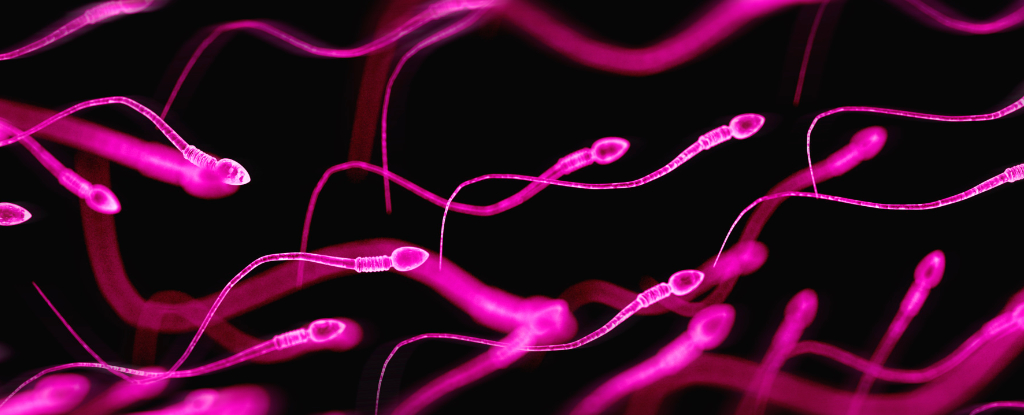Understanding Seminal Plasma Hypersensitivity: A Hidden Allergy

Imagine experiencing itching, burning, swelling, or even struggling to breathe just moments after sex. For a small but growing number of women, this isn’t just an awkward anecdote – it’s a medical condition known as seminal plasma hypersensitivity (SPH), an allergy to semen. While once considered rare, recent studies suggest it may be more common than previously thought.
SPH is not triggered by sperm cells themselves but by proteins in the seminal plasma, the fluid that carries sperm. First documented in 1967 when a woman was hospitalized after a “violent allergic reaction” to sex, SPH is now recognized as a type 1 hypersensitivity, similar to hay fever, peanut allergies, and cat dander.
Symptoms and Diagnosis
Symptoms of SPH can range from mild to severe. Some women experience local reactions such as burning, itching, redness, and swelling of the vulva or vagina. Others may develop full-body symptoms, including hives, wheezing, dizziness, runny nose, and even anaphylaxis, a potentially life-threatening immune response.
Until 1997, SPH was thought to affect fewer than 100 women globally. However, a study led by allergist Jonathan Bernstein found that among women reporting postcoital symptoms, nearly 12% could be classified as having probable SPH. A 2024 study reinforced these findings, suggesting that SPH is both more common and more commonly misdiagnosed than previously believed.
“The true figure may be higher still, as many cases go unreported, misdiagnosed, or dismissed as STIs, yeast infections, or general ‘sensitivity.’ One revealing clue: symptoms disappear when condoms are used.”
The Allergens Involved
The primary allergen appears to be prostate-specific antigen (PSA), a protein found in all seminal plasma, not just that of a particular partner. This means women can develop a reaction to any man’s semen, not just their regular partner’s. There’s also evidence of cross-reactivity; for example, Can f 5, a protein found in dog dander, is structurally similar to human PSA. Women allergic to dogs may find themselves reacting to semen too.
Diagnosis begins with a detailed sexual and medical history, often followed by skin prick testing with the partner’s semen or blood tests for PSA-specific antibodies (IgE). In research involving symptomatic women, testing with washed spermatozoa, free from seminal plasma, confirmed that the allergic trigger is not the sperm cells themselves but proteins in the seminal fluid.
Men and Semen Allergies
It’s not just women who can be affected. Some men may be allergic to their own semen, a condition known as post-orgasmic illness syndrome (POIS). This causes flu-like symptoms such as fatigue, brain fog, and muscle aches immediately after ejaculation. It’s believed to be an autoimmune or allergic reaction. Diagnosis is tricky, but skin testing with a man’s own semen can yield a positive reaction.
Implications for Fertility
While SPH doesn’t directly cause infertility, it can complicate conception. Avoiding the allergen – usually the most effective treatment for allergies – isn’t feasible for couples trying to conceive. Treatments include prophylactic antihistamines, anti-inflammatories, and desensitization using diluted seminal plasma. In more severe cases, couples may choose IVF with washed sperm, bypassing the allergic trigger altogether.
“It’s important to note: SPH is not a form of infertility. Many women with SPH have conceived successfully – some naturally, others with medical support.”
Raising Awareness
Despite its impact, SPH remains largely unknown. Sex-related symptoms often go unspoken due to embarrassment, stigma, and a lack of awareness among doctors, meaning many women suffer in silence. In Bernstein’s 1997 study, almost half of the women who had symptoms after sex had never been checked for SPH, and many had spent years being misdiagnosed and receiving incorrect treatment.
If sex routinely leaves you itchy, sore, or unwell – and condoms help – you might be allergic to semen. It’s time to bring this hidden condition out of the shadows and into the consultation room.
This article is republished from The Conversation under a Creative Commons license. Read the original article by Michael Carroll, Reader / Associate Professor in Reproductive Science, Manchester Metropolitan University.






